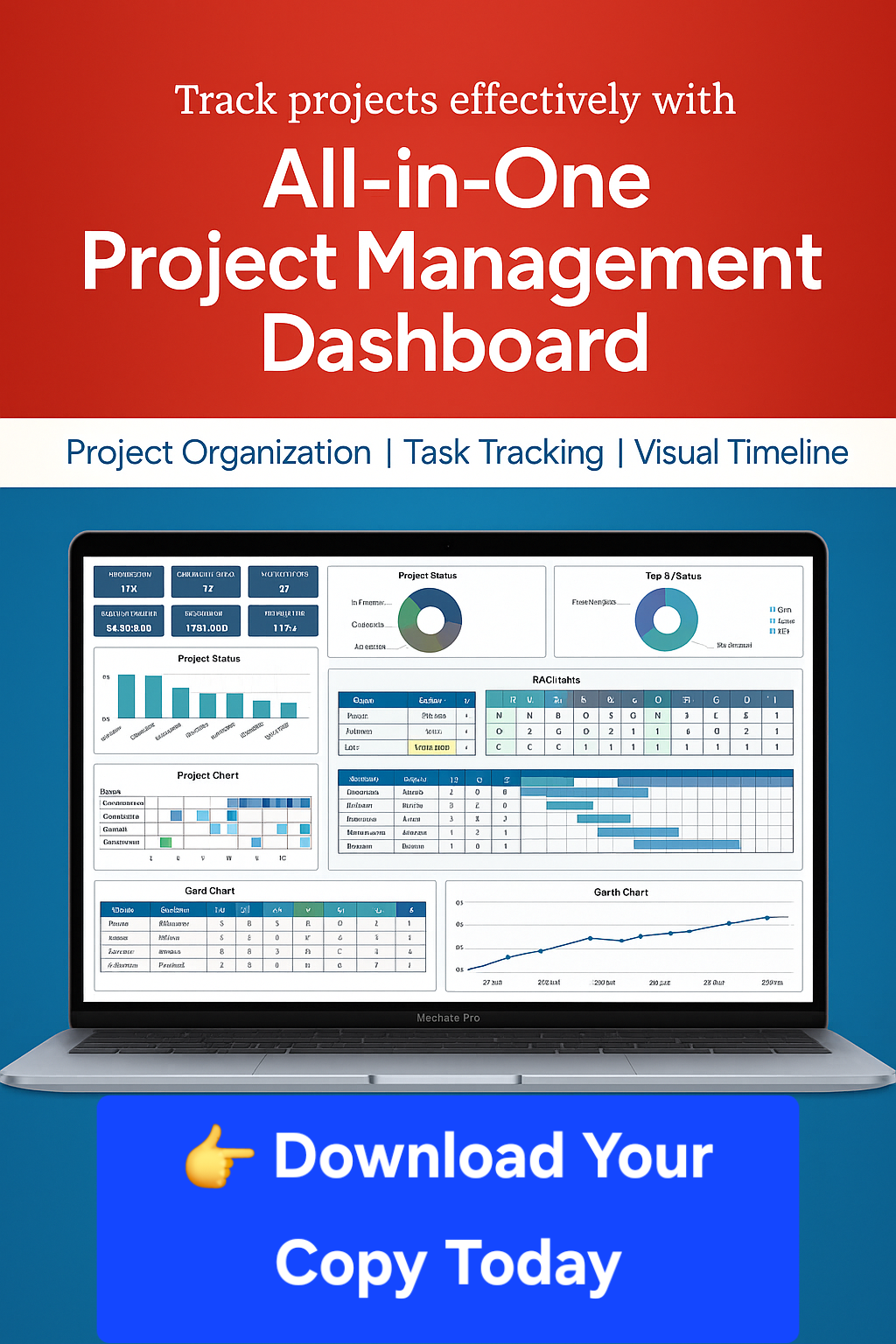Description
Evaluating Generative AI Applications with Azure AI Foundry: A Comprehensive Guide
As generative AI technologies continue to evolve, ensuring the quality, safety, and reliability of AI-generated content has become paramount. Microsoft’s Azure AI Foundry addresses this need by providing a robust framework for evaluating generative AI applications. This article delves into the built-in evaluation metrics offered by Azure AI Foundry, highlighting their significance and application in real-world scenarios.
Understanding Built-in Evaluation Metrics
Azure AI Foundry offers a suite of built-in evaluators designed to assess various aspects of generative AI outputs. These evaluators are categorized into three primary dimensions: (Evaluation and monitoring metrics for generative AI – Azure AI Foundry)
1. Performance and Quality Evaluators
These evaluators focus on the accuracy, coherence, and relevance of the AI-generated content:
- Groundedness: Measures the extent to which the AI’s response is based on the provided context or source material.
- Relevance: Assesses how pertinent the response is to the input query. (Evaluation and monitoring metrics for generative AI – Azure AI Foundry)
- Coherence: Evaluates the logical flow and consistency within the response.
- Fluency: Checks for grammatical correctness and natural language usage.
- Similarity: Compares the AI’s output to a reference answer to determine closeness in meaning.
These evaluators can be applied using both AI-assisted methods and traditional NLP metrics like BLEU, ROUGE, and METEOR. (Azure AI Evaluation client library for Python | Microsoft Learn)
2. Risk and Safety Evaluators
To ensure that AI outputs do not contain harmful or inappropriate content, Azure AI Foundry includes evaluators that detect: (Exploring Evaluation in Azure AI Foundry: A Deep Dive – Fusion Chat)
- Hateful and Unfair Content: Identifies language that reflects hate or unfair representations based on race, gender, or other attributes. (Evaluation and monitoring metrics for generative AI – Azure AI Studio …)
- Sexual Content: Detects explicit or sexually suggestive language. (How to run evaluations online with the Azure AI Foundry SDK)
- Violent Content: Flags descriptions of physical harm or violence.
- Self-harm-related Content: Recognizes language indicating self-injury or suicidal ideation.
- Protected Material Content: Identifies text that may infringe on copyrights, such as song lyrics or proprietary articles. (Evaluation and monitoring metrics for generative AI – Azure AI Studio …)
- Direct and Indirect Attack Jailbreaks: Detects attempts to bypass AI restrictions through prompt injections. (Evaluation and monitoring metrics for generative AI – Azure AI Studio …)
- Code Vulnerabilities: Assesses generated code for potential security risks. (Evaluation and monitoring metrics for generative AI – Azure AI Foundry)
- Ungrounded Attributes: Flags inferences about personal attributes not supported by the input data. (Evaluation and monitoring metrics for generative AI – Azure AI Studio …)
3. Agent Evaluators
For applications involving AI agents, these evaluators assess: (Evaluation and monitoring metrics for generative AI – Azure AI Foundry)
- Intent Resolution: Determines how effectively the agent understands and addresses user intent.
- Tool Call Accuracy: Evaluates the agent’s ability to select and utilize appropriate tools.
- Task Adherence: Checks whether the agent stays within the defined task boundaries.
Implementing Evaluations in Azure AI Foundry
Azure AI Foundry provides flexible options for conducting evaluations: (How to run evaluations online with the Azure AI Foundry SDK)
- Evaluation Runs: Users can initiate evaluation runs against models, datasets, or prompt flows directly from the Azure AI Foundry portal. (How to evaluate generative AI models and applications with Azure …)
- Evaluation SDK: For more control and automation, the Azure AI Evaluation SDK allows developers to programmatically run evaluations, customize evaluators, and integrate evaluation processes into their development workflows. (Local Evaluation with Azure AI Evaluation SDK – Learn Microsoft)
- Online Evaluations: To monitor AI applications in production, Azure AI Foundry supports continuous evaluations using Application Insights. This enables real-time assessment of AI outputs, ensuring ongoing quality and safety compliance. (Monitor quality and token usage of deployed prompt flow applications)
Customizing Evaluators
While Azure AI Foundry offers a comprehensive set of built-in evaluators, users may have unique requirements necessitating custom evaluations. The platform supports the creation of custom evaluators, allowing users to define specific criteria and grading rubrics tailored to their applications. This flexibility ensures that evaluations align closely with organizational goals and standards. (Evaluation and monitoring metrics for generative AI – Azure AI Foundry)
Visualizing and Interpreting Evaluation Results
Post-evaluation, Azure AI Foundry provides detailed dashboards and reports:
- Metric Score Charts: Visual representations of evaluation scores across different metrics, facilitating quick identification of areas needing improvement. (How to view evaluation results in Azure AI Studio – Azure AI Studio …)
- Run Comparisons: Ability to compare multiple evaluation runs to assess the impact of changes or updates to models and prompts. (How to view evaluation results in Azure AI Foundry portal)
- Detailed Logs: Access to granular data, including input prompts, model responses, and evaluator feedback, supporting in-depth analysis.
Conclusion
Evaluating generative AI applications is crucial for ensuring their effectiveness, safety, and alignment with user expectations. Azure AI Foundry’s built-in evaluation metrics provide a structured and comprehensive approach to this process. By leveraging these tools, organizations can confidently deploy AI solutions that are not only innovative but also responsible and trustworthy. (How to view evaluation results in Azure AI Foundry portal)
For more detailed information and guidance, refer to the official documentation: Evaluation and monitoring metrics for generative AI – Azure AI Foundry.







